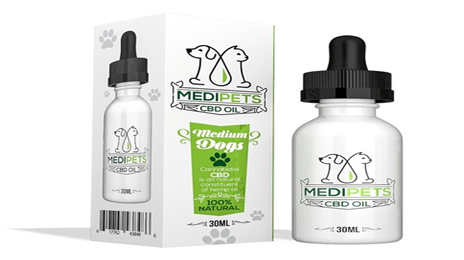Did you know pet owners spent over $69 billion on their pets in 2017?
It’s no secret that so many people love having a furry companion in their lives. However, not even current pet-owners know all the reasons why an animal companion improves their quality of life. It is a proven fact that dogs know you love them because they can sense it. They reciprocate this love in many ways.
Keep reading to learn science-based reasons why everyone should have a pet.
10 Reasons Why Everyone Should Have a Pet:
There are so many benefits of owning a pet and a ton of reasons why everyone should have a pet. Owning a pet can literally change your life.
1. Less Stress:
There have been studies done on people doing a stressful task. If they have their pets with them, they experience less stress. There are rehabilitation facilities that encourage their patients to get a pet and allow them to be at their facilities.
Read more: Can Dogs Help Writers Stay Positive During Stress?
2. Fewer Allergies:
When kids grow up in a house with pets, they are less likely to develop allergies as they get older. The dander that pets have on their hair is natural immunotherapy for kids. Keep in mind that getting a pet as an adult doesn’t minimize allergies.
3. Less Lonely and Happier:
Pets give people a sense of purpose. They have someone to care for and feed, which gives humans a self-esteem boost. Pets have certain needs that only humans can help them with.
As a pet owner–whether you have a dog, a bird, or a rabbit–you have choices to make to give your pet the best life possible. If it’s a rabbit, you have rabbit food choices you have to make to ensure your furry friend has all the nutrients he/she needs. Same with a dog or a cat.
The choices you make for your pet will make you feel happier naturally because you’ll have a sense of need. Your fur baby will also help you feel less lonely, especially if you are living on your own.
Those who are clinically depressed are less likely to suffer from depressive episodes thanks to having a pet companion.
4. Lowers Blood Pressure:
Some studies have shown that having a pet might lower blood pressure. Marty Becker, DVM, the author of Your Dog: The Owner’s Manual, says that if you have a dog around, your blood pressure is lower.
Petting your pet helps your body release a relaxation hormone and reduces stress hormone levels.
5. Stay More Active:
People are more likely to walk up to 30 minutes in order to make sure their dog gets walked. Having a dog will help you get fit and make some new friends at the park or in your neighborhood. If you stay more active, it will help against rheumatoid arthritis, obesity, and osteoporosis.
Other pets also keep their owners active, but dogs tend to require consistent walking and playing to avoid accidents in the home.
6. Lowers Cholesterol:
People that own pets have lower cholesterol levels than those that don’t have pets. It’s not clear if the lower cholesterol is because of the pet’s presence or the more active lifestyle from owning a pet. All they know is that those that have fur babies have lower cholesterol levels than those without fur babies.
7. Overcome Limitations:
If you have a child at home with ADHD or one on the autism spectrum, they can benefit from having a pet in the house. If your child has ADHD, having a pet to care for helps them focus as they fulfill specific responsibilities to help care for their pets.
The child will develop a bond with their pet that helps their self-esteem and also introduces the feeling of security.
If your child has autism, a pet will help hold their attention. They can also help with sensory activities.
Children with autism have certain sensory issues, and a pet will help alleviate these by getting them used to the way something feels against their skin.
8. Prevent Strokes:
The same Dr. Becker mentioned above says that if you have a cat, you’re 30% less likely to have a heart attack and 40% less likely to have a stroke. He also shares in his book that if someone has a heart attack and owns a dog, they’re more likely to be alive a year later because of their dog alerts.
9. Help Children Develop:
Kids that grow up with pets benefit in their emotional development. Children learn how to express themselves better, and they also learn to relate better when they’re attached to a pet.
10. Change the Life of a Chronically Ill Person:
Dogs have been known to detect cancer, warn about low blood sugar, and predict a seizure. This is because of their strong sense of smell. If you have diabetes, it’s important to know that some dogs are able to alert a dangerous drop in blood glucose before it happens.
Dogs have also been trained to help people who suffer from epilepsy. There are some dogs that lie next to a person that’s having a seizure to help prevent them from getting injured. Others bark if someone is having a seizure or before a seizure occurs.
There are dogs that are trained to be service dogs for people with fibromyalgia. People suffering can place their hurt limbs against the dog’s body and get relief because the dog generates intense body heat.
There are dogs trained to help people that suffer from Parkinson’s disease. They can perform tasks such as open and close doors or turn lights on and off. They train them to touch a person’s foot to let them keep walking when they sense they are freezing.
So Much Good with Having a Fur Baby:
With so many benefits and reasons why everyone should have a pet, how can you resist that cute little fur baby? The benefits that come with owning a pet are much higher than the major responsibility you have for your furry friend.
Are you an animal lover? Check out our pets & animal section for a wealth of information and tips on different animal breeds.
Read Also:























